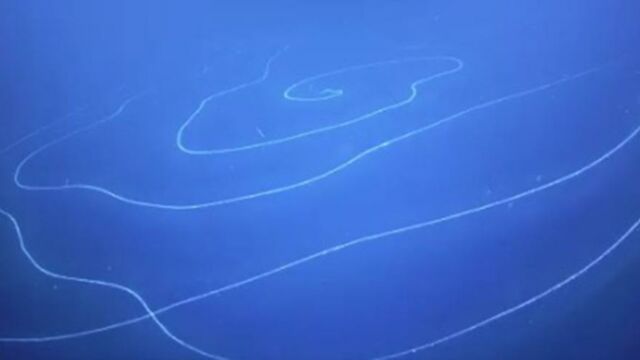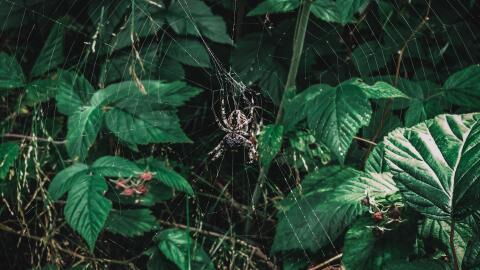In March 2020, a team of scientists led an expedition off the coast of Australia on the oceanographic vessel Falkor, to study the Ningaloo coral reef. They made a surreal discovery.
Discover our latest podcast
The largest animal ever observed
While scanning the seabed, they came across a strange creature. Nerida Wilson, a researcher at the Western Australian Museum, explains how she felt as she stared at the computer screen that showed what the team had just captured on SuBastian, a deep-sea robot that was remotely controlled by the team.
It looked like an incredible UFO. We thought these deep water areas would be rich but we were blown away by the size of what we saw
Indeed, there is reason to be disturbed by this discovery. The scientists filmed a kind of long filament at a depth of about 600 metres, which they then recognised as a giant siphonophore. The images are sublime.
“It’s just magic being there and sharing those things for the first time,” Dr. Wilson said.#NingalooCanyons expedition in @nytimes: https://t.co/oqBlkkncaG
— Schmidt Ocean (@SchmidtOcean) April 14, 2020
With collaborators @WAMuseum@CurtinUni@GeoscienceAus@Scripps_Ocean@WAMSInewspic.twitter.com/taOfyGOhwy
The longest known marine creature used to be the lion's mane jellyfish, which measured up to 36 metres with its long tentacles. This giant siphonophore was about 45 metres long, according to scientists, making it the largest animal ever observed in the world.
Many discoveries from this expedition
This animal is all the more strange because it is in fact made up of many different organisms. Each one has a different role: some catch prey, others digest it, some reproduce...
The Schmidt Ocean Institute, an organisation founded in 2009, provided the material for this expedition. In a press release, they report on the many discoveries made during this adventure.
The discovery of the giant siphonophore was just one of the unique finds among some of the marine fish and invertebrates ever recorded so deep in Western Australia. Up to 30 new underwater species were discovered by Western Australian Museum researchers on board the Schmidt Ocean Institute's oceanographic research vessel, the Falkor.
Wendy Schmidt, co-founder of the Institute, explained the importance of these discoveries and their contribution to research.
Our planet is deeply interconnected, what happens on the high seas has an impact on life on land, and vice versa. The Ningaloo canyons are just one of the many underwater wonders we will discover that can help us better understand our planet.















